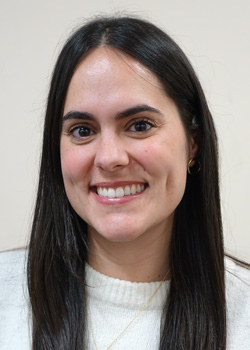Proton Beam Therapy
Detector systems and diagnostics for proton beam therapy cancer treatment

The Jolly Shrewdness is the UCL HEP research group focused on detectors and diagnostics research and development for Proton Beam Therapy, led by Prof. Simon Jolly.
Within High Energy Physics, the UCL PBT research group leads technology translation efforts from fundamental particle detector research into the clinic to improve both the speed and precision of PBT treatment. We sit across the disciplines of novel detector development and high precision cancer therapy, working with the UCL Dept. of Medical Physics and across the UCL Cancer Domain. We are also internationally recognised through our work in the ESTRO European Particle Therapy Network (EPTN) and the Particle Therapy Co-Operative Group (PTCOG).
Modern cancer treatment is largely a combination of 4 techniques — surgery, chemotherapy, radiotherapy and immunotherapy — each of which has associated advantages and drawbacks. Conventional radiotherapy utilises targeted beams of X-rays to maximise the destructive radiation dose to cancerous tumours within the body whilst minimising the dose to the surrounding healthy tissue.

Proton Beam Therapy (PBT) is a more effective alternative to conventional radiotherapy,
where high energy protons

This has particular significance in the treatment of deep-lying tumours in the head, neck and central nervous system, particularly for children whose bodies are still developing and are particularly susceptible to long-term radiation damage. UCL is fortunate enough to host one of the NHS proton beam therapy centres which started treating patients in 2021: more information on the clinical advantages of PBT and how the treatment is delivered can be found on the UCLH PBT site.
To find out more about our research activities, including our tutorials on building proton beam therapy simulations, please see the UCL HEP Proton Beam Therapy Wiki.
For more information on Proton Beam Therapy research at UCL, please contact Prof. Simon Jolly.
PBT Group Members & Visitors

D12 Physics

D109 Physics

C23 Physics

C23 Physics

D15 Physics

D106 Physics



University of Bari

Medical Physics